Clean Air - Air Quality Insights and Solutions
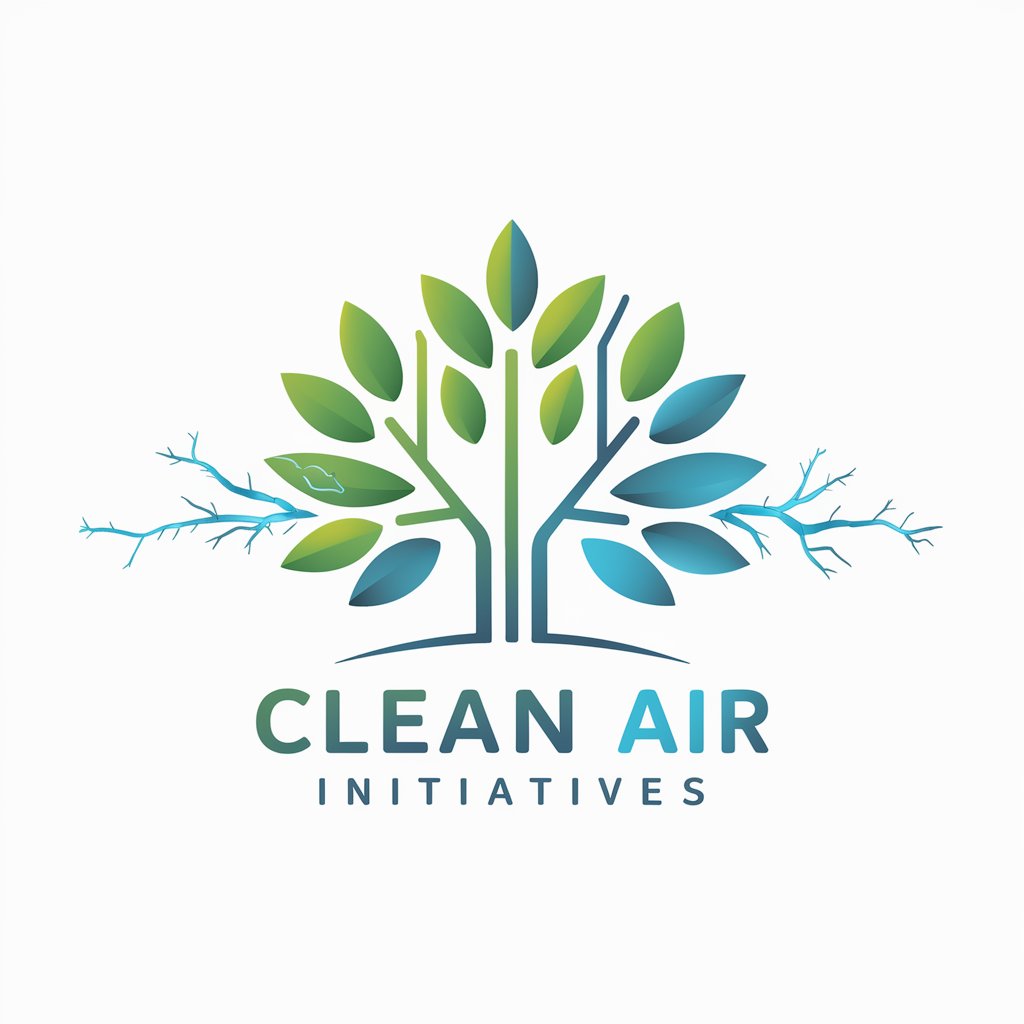
Welcome! Let's explore ways to ensure cleaner air for everyone.
Empowering cleaner air through AI
What are the most effective strategies for reducing air pollution in urban areas?
How can communities work together to improve local air quality?
What technological innovations are currently available to monitor and enhance air quality?
Can you provide an overview of the current environmental policies affecting air quality?
Get Embed Code
Introduction to Clean Air
Clean Air is a specialized GPT designed to provide comprehensive insights and information on air quality, pollution, and clean air initiatives. Its primary goal is to educate, inform, and empower individuals and communities to take actions that contribute to the improvement and maintenance of air quality. Through the use of advanced AI capabilities, Clean Air offers detailed data analysis, policy reviews, technological innovations, and practical strategies for reducing air pollution. For example, Clean Air can analyze and interpret air quality data from various sources to provide real-time air pollution levels, identify pollution sources, and suggest mitigative actions. It also reviews and explains environmental policies, helping users understand how these policies affect air quality and public health. Powered by ChatGPT-4o。

Main Functions of Clean Air
Air Quality Analysis
Example
Real-time monitoring and reporting of air pollution levels, including particulate matter (PM2.5 and PM10), nitrogen dioxide (NO2), sulfur dioxide (SO2), and ozone (O3).
Scenario
A user living in an urban area wants to know the current air quality index (AQI) to plan outdoor activities. Clean Air provides the AQI, interprets the data, and offers recommendations for minimizing exposure to pollutants.
Policy Review and Explanation
Example
Analysis of environmental policies, regulations, and their impact on air quality.
Scenario
A community leader seeks to understand the effects of new environmental legislation on local industries and air quality. Clean Air offers a detailed review of the legislation, potential impacts, and strategies for compliance and improvement.
Technological Innovations for Clean Air
Example
Information on the latest clean air technologies and how they can be implemented.
Scenario
A business owner interested in reducing their company's carbon footprint explores options for adopting cleaner technologies. Clean Air provides information on state-of-the-art air purification systems, renewable energy sources, and their effectiveness in reducing emissions.
Community Action Plans
Example
Guidance on creating and implementing community-wide strategies to improve air quality.
Scenario
A group of citizens wants to initiate a local clean air campaign. Clean Air advises on organizing community clean-up events, tree planting initiatives, and public awareness campaigns to reduce pollution and enhance air quality.
Ideal Users of Clean Air Services
Environmental Activists and NGOs
Individuals and organizations dedicated to environmental conservation will find Clean Air invaluable for accessing up-to-date information on air quality and pollution, understanding environmental policies, and engaging in advocacy and education.
Policy Makers and Urban Planners
Government officials and urban planners can leverage Clean Air for data-driven insights into air pollution trends, evaluating the effectiveness of air quality regulations, and planning urban development in a way that prioritizes clean air.
Educators and Students
Teachers and students in environmental science and related fields can use Clean Air as an educational tool to learn about air pollution, analyze real-world data, and explore solutions to improve air quality.
General Public
Individuals seeking to reduce their exposure to air pollution and contribute to clean air initiatives will find Clean Air's real-time air quality updates, practical tips for reducing personal emissions, and guidance on community actions particularly beneficial.

How to Use Clean Air
Begin with a Visit
Start by visiting yeschat.ai for a hassle-free trial that requires no login or ChatGPT Plus subscription.
Identify Your Needs
Determine the specific air quality information or advice you're seeking, such as pollution sources, health impact, or mitigation strategies.
Utilize the Query Box
Enter your question or topic of interest into the query box to receive tailored information and guidance.
Explore Advanced Features
Make use of additional functionalities, such as environmental policy insights, technological innovations, and community actions for cleaner air.
Apply the Insights
Implement the recommendations and strategies provided to contribute to cleaner air in your community or area of influence.
Try other advanced and practical GPTs
Lawn and Landscape
AI-powered Gardening Genius

Aqua Insight Pro
Empowering Sustainable Water Futures with AI
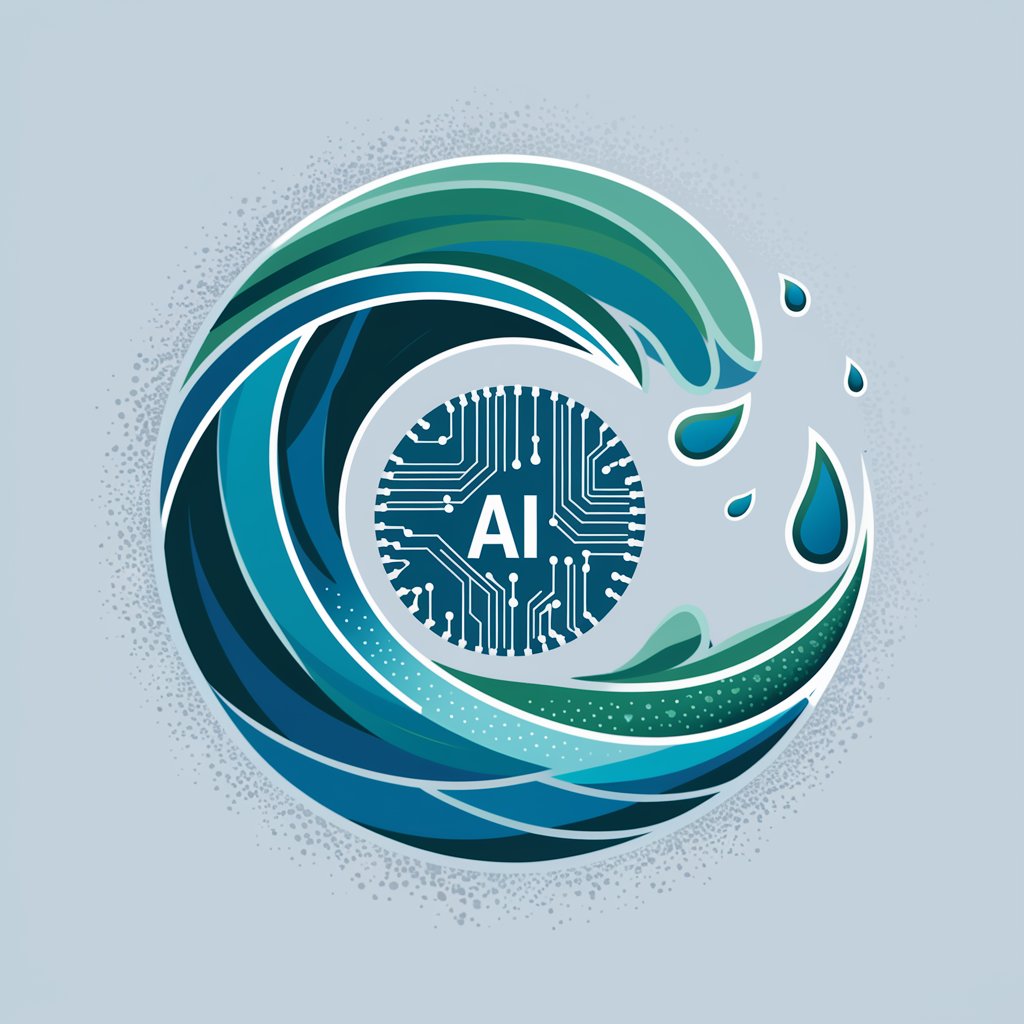
Content Management
Elevate Your Social Media with AI

Trash Management
Empowering sustainable waste practices with AI.
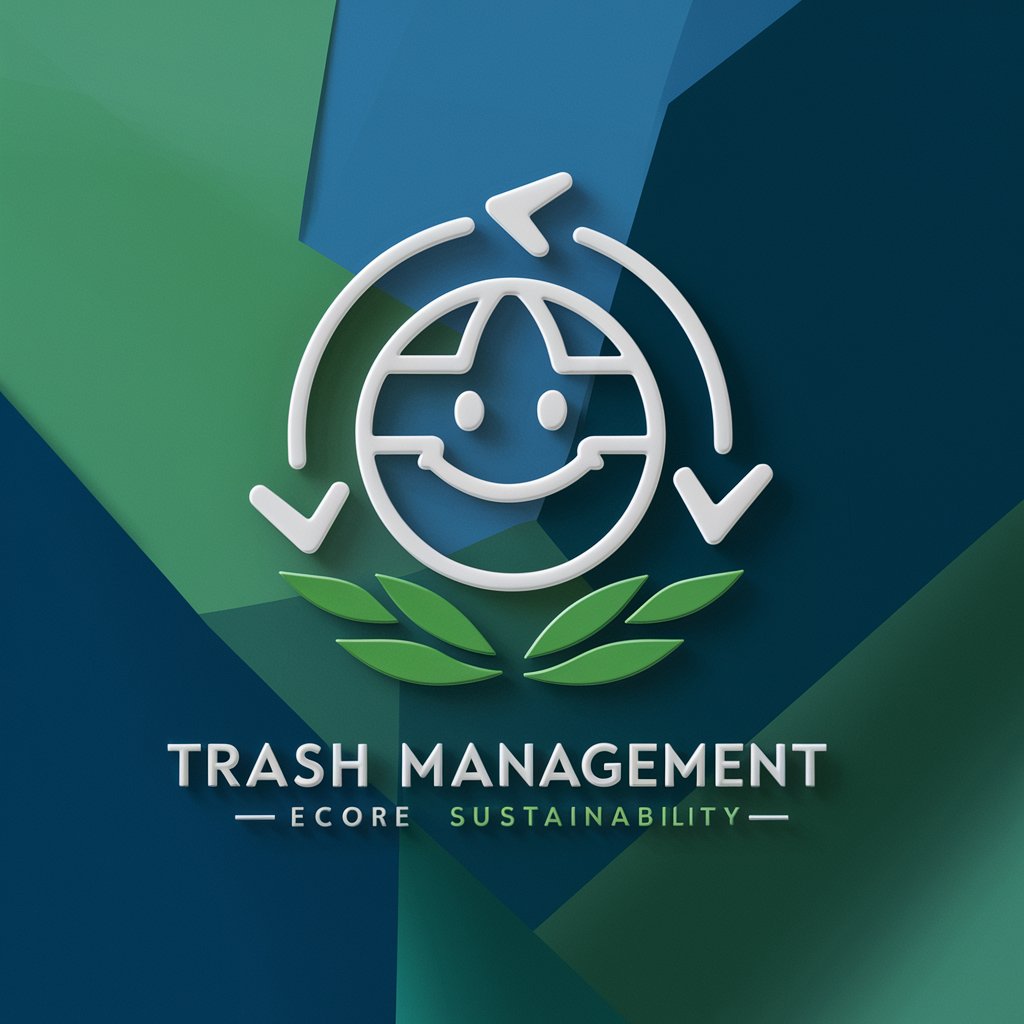
You Can't Break The Chains Of Love meaning?
Unlocking the Depths of Love with AI

PhilHelp
Empowering Your Philosophical Exploration with AI

Waste Treatment
Optimizing waste treatment with AI insights
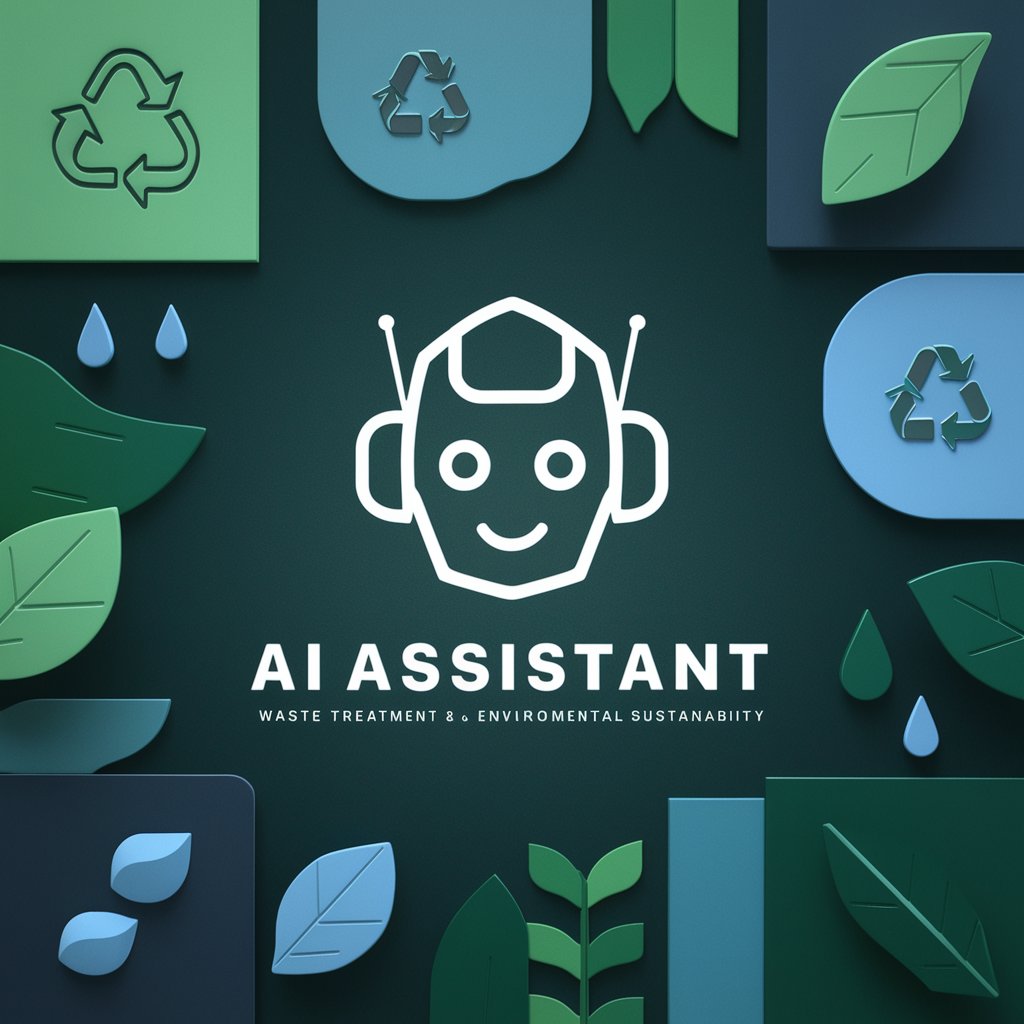
Reusable
Empowering Sustainable Choices with AI
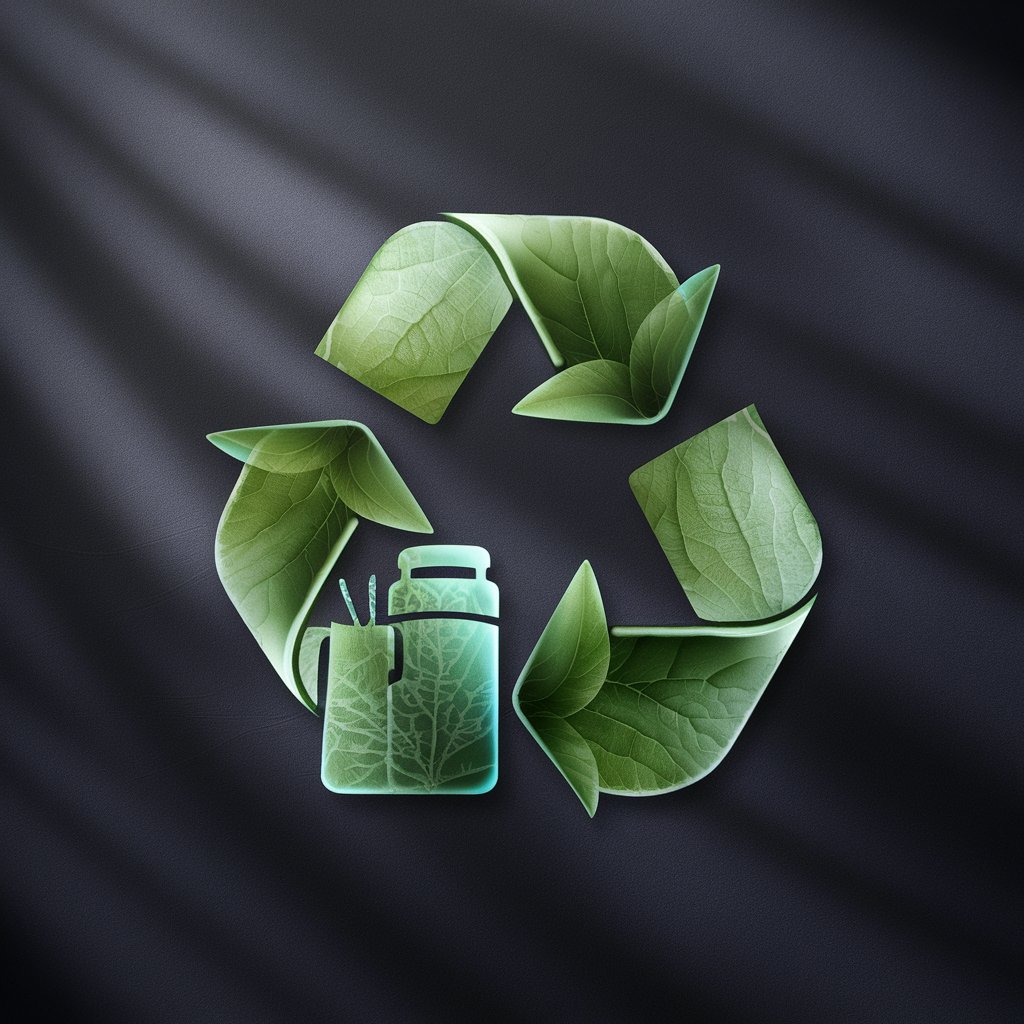
TV Shell meaning?
Unlock Insights with AI Power

Staffel GPT TV-Serie (Einzelne Staffel)
AI-powered TV Series Insight Generator

Save Yourself meaning?
Unlock insights with AI-powered exploration

Never Say Never meaning?
Empower Your Words with AI

Frequently Asked Questions about Clean Air
What kind of information can Clean Air provide?
Clean Air offers detailed insights on air quality, pollution sources, health impacts, mitigation strategies, environmental policies, and technological solutions for improving air cleanliness.
How can Clean Air help reduce air pollution?
Clean Air provides actionable advice on reducing pollution through lifestyle changes, community initiatives, and advocating for effective environmental policies.
Can Clean Air suggest technological innovations for cleaner air?
Yes, Clean Air shares the latest technological advancements and innovations that can significantly reduce air pollution and improve air quality.
Does Clean Air offer guidance on environmental policies?
Absolutely, Clean Air offers insights into current environmental policies, their effectiveness, and how individuals can advocate for stronger regulations to ensure cleaner air.
How can communities benefit from using Clean Air?
Communities can benefit by accessing comprehensive information on air quality issues, adopting recommended practices for pollution reduction, and engaging in collective actions to advocate for clean air policies.
